The key difference between outer inner bull – more commonly known as the single bullseye and double bullseye respectively – lies in their scoring value and the area they represent on the dartboard. While both reside at the board’s center, the double bullseye (inner bull) is worth 50 points and sits inside the single bullseye (outer bull), which is worth 25 points. In dit artikel, we’ll explore the specifics of each area, their strategic importance in different dart games, and tips to improve your accuracy in hitting them.
⚠️ Still Using Pen & Paper (Of een schoolbord)?! ⚠️
Stap in de toekomst! De Dart Teller -app behandelt alle scoren, stelt kassa voor, en volgt uw statistieken automatisch. It's easier than you think!
Probeer de Smart Dart Teller -app gratis!Klaar voor een upgrade? Klik hierboven!
Understanding the Dartboard: An Overview
Before diving into the specifics of the difference between outer inner bull, it’s essential to understand the overall layout of a standard dartboard. A regulation dartboard is divided into 20 numbered sections, each further subdivided by wires into single, double, and triple scoring areas. These sections radiate from the center, culminating in the bullseye. The **outer bull**, also known as the single bull, is the larger ring surrounding the smaller **inner bull**, or double bull. Understanding the location and value of each segment is crucial for strategic play.
The scoring system in darts is straightforward. Hitting a number in the single area awards that number’s value. Hitting a number in the double ring doubles that value, and hitting a number in the triple ring triples it. Missing the board entirely scores zero.
The Outer Bull: The Single Bullseye
De outer bull, also known as the single bullseye or simply ‘bull’, is the larger of the two central circles on the dartboard. It is colored green on most dartboards. Hitting this area awards 25 points. While it’s not the highest-scoring area (the triple 20 awards 60 points), it’s still a valuable target, especially for closing out games or setting up strategic shots.
Many beginners aim for the outer bull due to its relatively large size compared to the inner bull. It provides a decent score and a good starting point for developing accuracy. Seasoned players often use the outer bull as a safety net; if their aim is slightly off, they can still score a respectable 25 points rather than risking a miss.
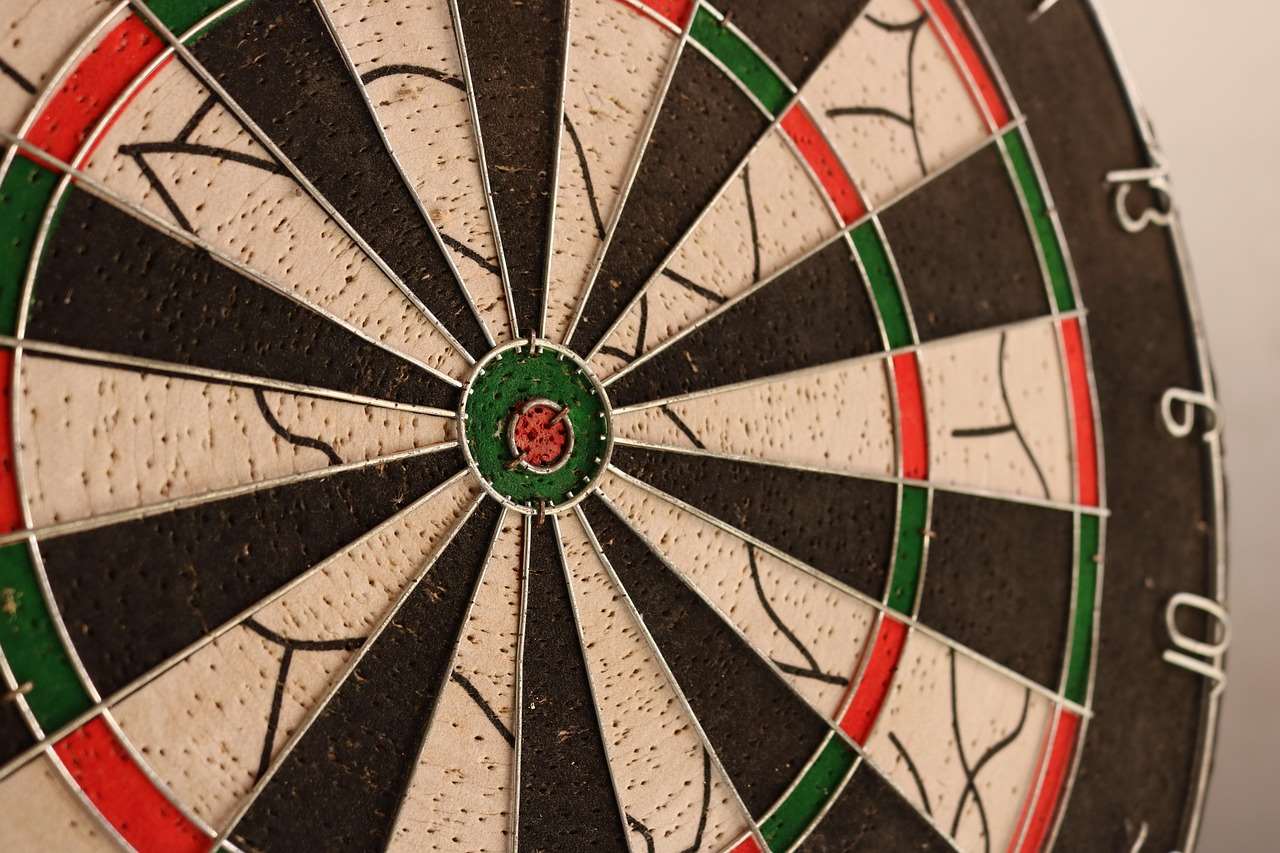
Strategic Significance of the Outer Bull
- Closing Out Games: In some variations, the outer bull can be used to close out a game when a player needs 25 points to finish.
- Setting Up Future Shots: A well-placed dart in the outer bull can set up subsequent darts for higher-scoring areas, particularly in games like ‘Around the World’.
- Recovering from Mistakes: If a player misses their intended target, the outer bull can provide a fallback option to minimize the damage.
The Inner Bull: The Double Bullseye
De inner bull, also known as the double bullseye or ‘bullseye’, is the smaller circle located at the very center of the dartboard. It is typically colored red. Hitting this area awards 50 points, making it the second-highest scoring area on the board (after the triple 20). Landing a dart here requires precision and is often a crucial element in strategic gameplay.
The inner bull is a challenging target due to its small size. Mastering the ability to consistently hit it is a significant step in improving one’s overall dart-playing skills. A steady hand, consistent throwing technique, and focused concentration are essential for success.
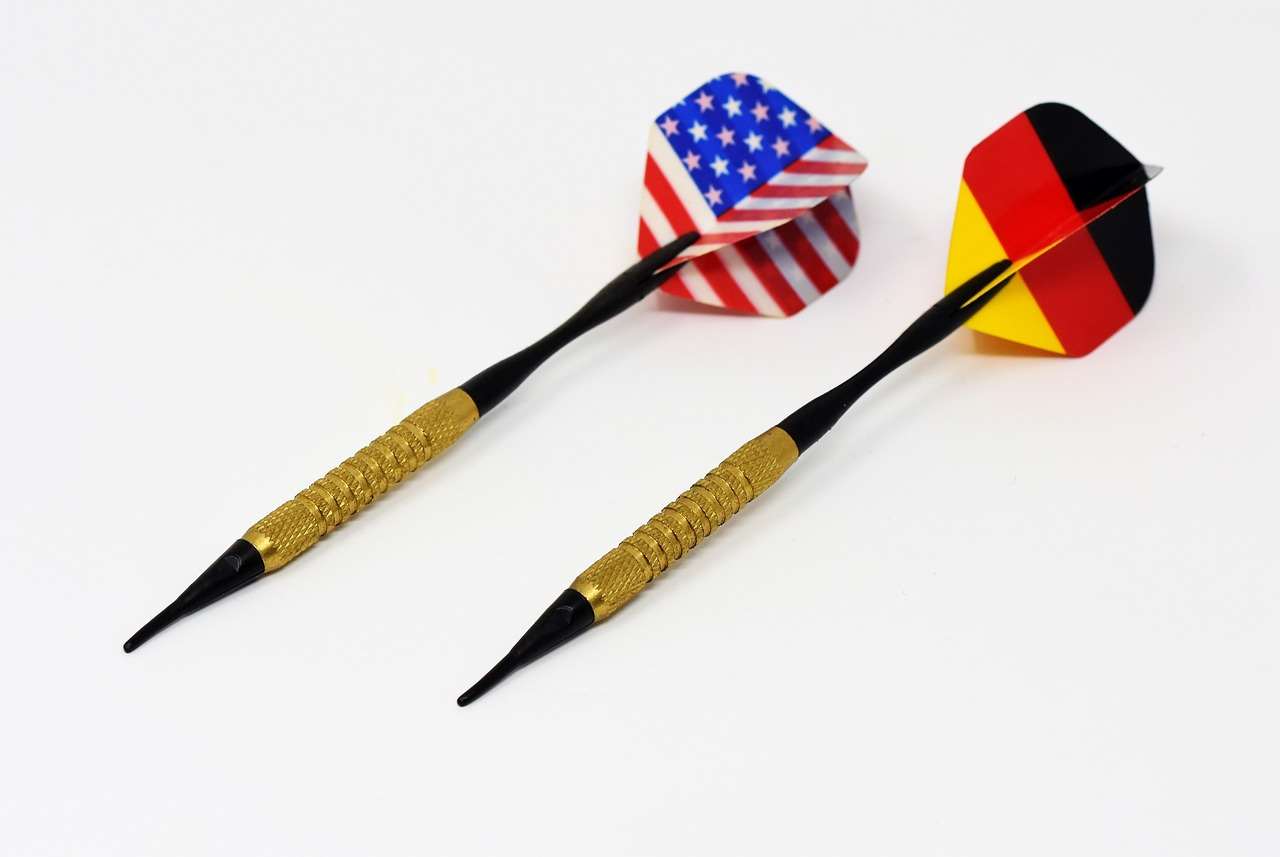
Strategic Significance of the Inner Bull
- High Scoring: The inner bull provides a quick way to accumulate points, especially in games like 501 of 301.
- Closing Out Games: In most variations of 501 En 301, the final dart must land on a double or the bullseye to win. Therefore, mastering the inner bull is crucial for finishing games.
- Psychological Advantage: Consistently hitting the inner bull can create a psychological advantage over opponents.
Difference Between Outer Inner Bull: A Direct Comparison
To clearly illustrate the difference between outer inner bull, let’s examine a direct comparison:
| Feature | Outer Bull (Single Bullseye) | Inner Bull (Double Bullseye) |
|---|---|---|
| Size | Larger | Smaller |
| Color | Green (typically) | Red (typically) |
| Point Value | 25 points | 50 points |
| Difficulty | Easier to hit | More difficult to hit |
| Strategic Use | Fallback option, setting up shots | High scoring, closing out games |
Improving Your Accuracy: Tips for Hitting the Bullseye
Whether you’re aiming for the outer bull or the inner bull, accuracy is key. Here are some tips to help you improve your aim:
- Stance: Adopt a consistent stance, positioning your body comfortably in front of the dartboard. Experiment to find the stance that works best for you.
- Grip: Use a comfortable grip that allows you to control the dart without squeezing it too tightly.
- Aiming: Focus your eyes on the target – either the outer or inner bull – and visualize the dart hitting the spot.
- Throwing Motion: Develop a smooth, consistent throwing motion, bringing the dart back and releasing it with a flick of the wrist.
- Follow Through: Follow through with your arm after releasing the dart, pointing towards your target.
- Practice: The most important tip is to practice regularly. The more you throw, the more consistent your technique will become.
Remember that even professional dart players miss the bullseye from time to time. Don’t get discouraged by occasional misses. Focus on refining your technique and building consistency.
Related Keywords: Darts Terminology and Strategy
Understanding the nuances of darts extends beyond just knowing the difference between outer inner bull. Consider exploring these related keywords to deepen your understanding of the game:
- Checkout Chart: A chart showing the combinations of darts needed to finish a game.
- 180: The highest score achievable in a single turn with three darts.
- Leg: A single game within a match.
- Set: A series of legs that a player must win to win a set.
- Oche: The line behind which a player must stand when throwing.
- Ton: Scoring 100 or more points in a single turn.
- Bed and Breakfast: Scoring 26 points with three darts (1-5-20).
Becoming familiar with these terms will enhance your ability to discuss and understand dart strategies and gameplay.
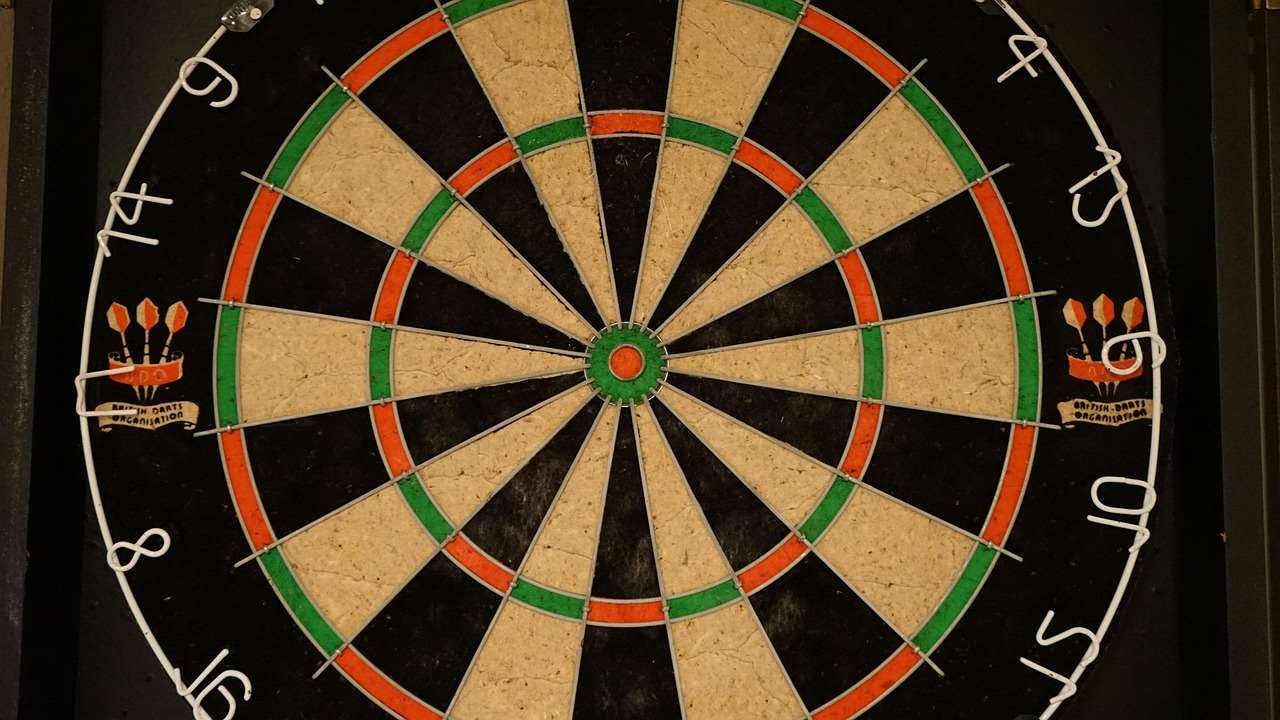
Common Mistakes and How to Avoid Them
Many players struggle with accuracy when aiming for the bullseye. Here are some common mistakes and how to avoid them:
- Inconsistent Stance: Ensure your feet are consistently positioned in relation to the oche. A wobbly stance leads to inconsistent throws.
- Gripping the Dart Too Tightly: A tight grip can cause tension and reduce control. Hold the dart firmly, but not excessively.
- Rushing the Throw: Take your time and focus on your target before throwing. Avoid rushing your throw, as this can lead to errors.
- Not Following Through: Failing to follow through with your arm can affect the dart’s trajectory. Ensure a smooth, consistent follow-through.
- Ignoring Your Stance: It’s a common mistake to vary the stance. Basic Darts Fundamentals for Beginners show consistent results only come when you stand the same way.
Games Beyond 501: Incorporating the Bullseye in Different Formats
While the bullseye, both inner and outer, is fundamental to games like 501, it plays a role in numerous other dart game variations. Knowing the difference between outer inner bull becomes crucial as you expand your repertoire:
- Around the World: Players must hit each number on the board in order, often finishing on a double bull.
- Cricket: The bullseye (both inner and outer) is a crucial scoring target in this strategic game.
- Killer: In some variations, hitting the bullseye earns a player a life.
Exploring these different game formats can add variety to your practice and improve your overall dart-playing skills.
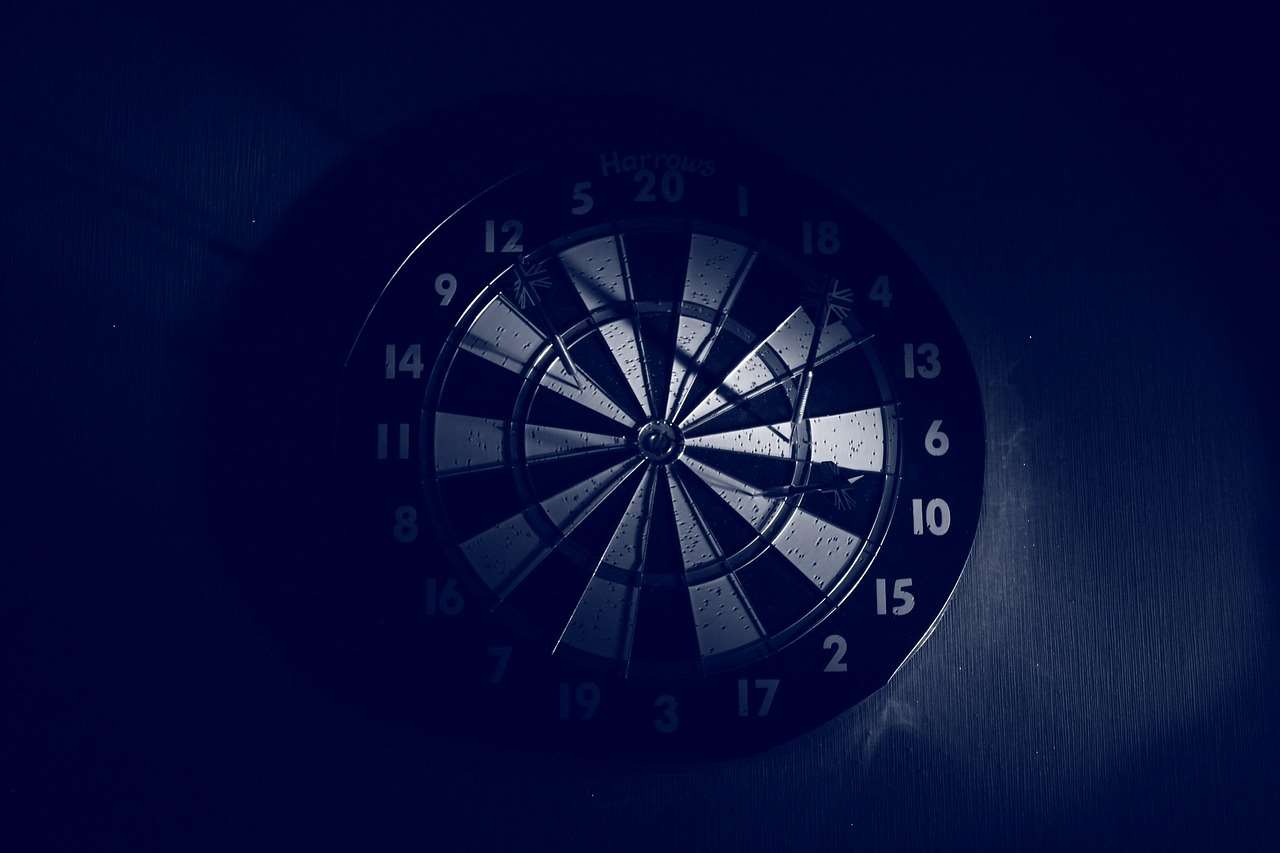
Equipment Matters: Darts, Boards, and Accessories
Having the right equipment can significantly impact your performance. Consider these factors when selecting your darts, dartboard, and accessories:
- Darts: Experiment with different dart weights and shapes to find what feels most comfortable and provides the best control.
- Dartboard: Invest in a high-quality sisal dartboard for durability and optimal dart grip.
- Verlichting: Proper lighting is essential for clear visibility of the dartboard. Consider a dartboard surround with built-in lighting.
- Oche: A clearly marked oche ensures consistent throwing distance.
Upgrading your equipment can enhance your practice sessions and improve your overall dart-playing experience. Also look at Fun dart game variations with modified rules for more game options.
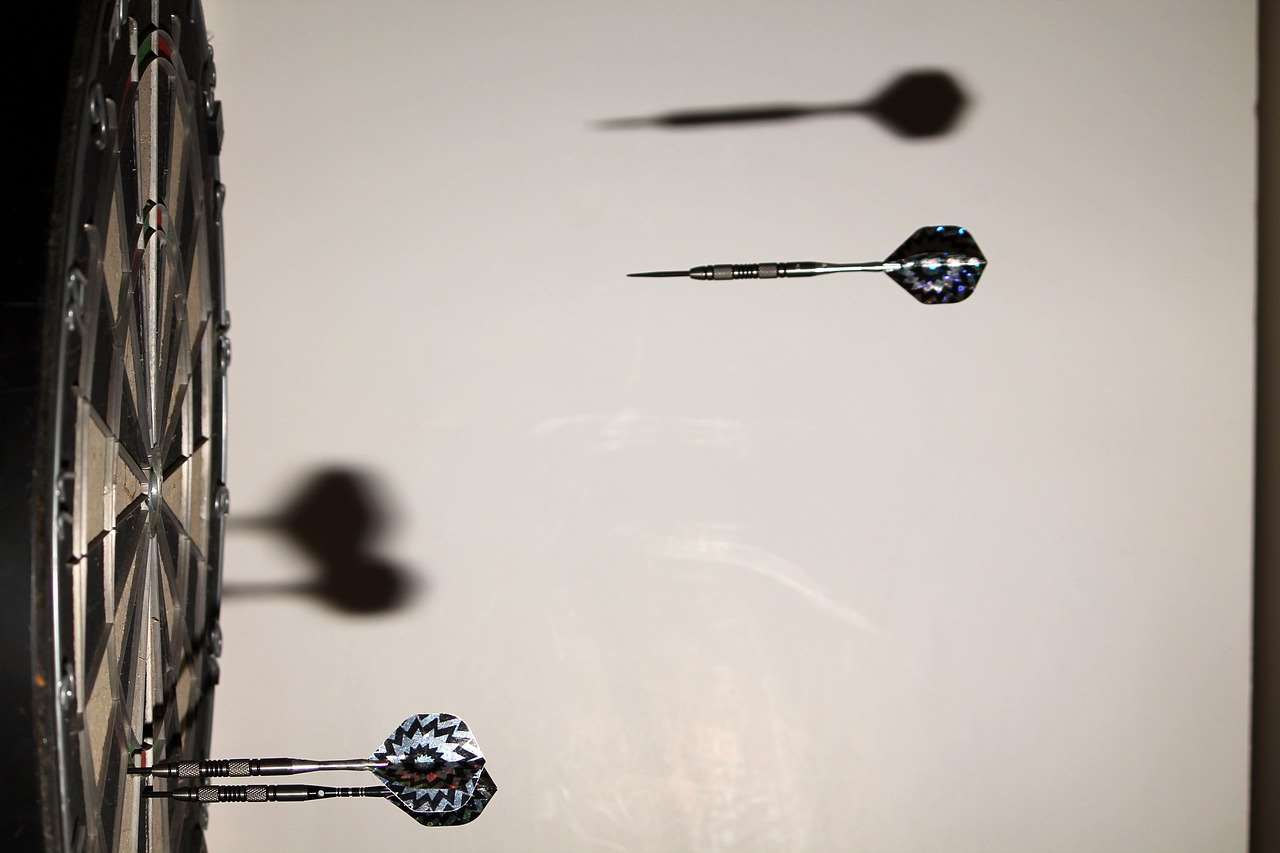
Maintenance and Care: Keeping Your Equipment in Top Condition
Proper maintenance of your darts and dartboard will extend their lifespan and ensure optimal performance. Consider these tips:
- Sharpen Your Darts: Regularly sharpen your dart points to improve their grip on the dartboard.
- Rotate Your Dartboard: Rotate your dartboard periodically to distribute wear and tear evenly.
- Clean Your Dartboard: Remove loose fibers from your dartboard with a soft brush.
- Store Your Darts Properly: Store your darts in a case to protect them from damage.
By taking care of your equipment, you can ensure that it remains in top condition for years to come.
The Psychological Game: Mental Toughness in Darts
Darts is not just a physical game; it also requires mental toughness. Maintaining focus, managing pressure, and bouncing back from mistakes are crucial for success. When you adapt adapting darts rules for small spaces: tips and tricks, you want to keep yourself mentally strong.
- Stay Focused: Block out distractions and concentrate on your target.
- Manage Pressure: Develop strategies for managing pressure situations, such as taking deep breaths or visualizing success.
- Bounce Back from Mistakes: Don’t dwell on missed shots. Learn from your mistakes and move on.
- Positieve zelfpraat: Encourage yourself with positive self-talk. Believe in your ability to succeed.
Developing mental toughness can give you a significant edge over your opponents.
Conclusie: Mastering the Bullseye and Beyond
Understanding the difference between outer inner bull is a foundational step in becoming a proficient dart player. While the outer bull offers a more forgiving target and a decent score, the inner bull represents the pinnacle of precision and strategic importance. By practicing consistently, refining your technique, and maintaining your equipment, you can improve your accuracy and elevate your game to the next level. Nu, grab your darts, focus on your target, and start practicing! Consider joining a local dart league or competing in tournaments to test your skills and improve even further. Aim high and happy darting!
Hoi, Ik ben Dieter, En ik heb Dartcounter gemaakt (Dartcounterapp.com). Mijn motivatie was geen darts -expert - helemaal tegenovergestelde! Toen ik voor het eerst begon te spelen, Ik hield van het spel, maar vond het moeilijk en afleidend om nauwkeurige scores te houden en statistieken te volgen.
Ik dacht dat ik niet de enige kon zijn die hiermee worstelde. Dus, Ik besloot om een oplossing te bouwen: een eenvoudig te gebruiken applicatie die iedereen, Ongeacht hun ervaringsniveau, zou kunnen gebruiken om moeiteloos te scoren.
Mijn doel voor Dartcounter was eenvoudig: Laat de app de nummers afhandelen - het scoren, de gemiddelden, de statistieken, Zelfs checkout suggesties - zodat spelers puur kunnen richten op hun worp en genieten van het spel. Het begon als een manier om het probleem van mijn eigen beginners op te lossen, En ik ben heel blij dat het is uitgegroeid tot een nuttig hulpmiddel voor de bredere darts -community.